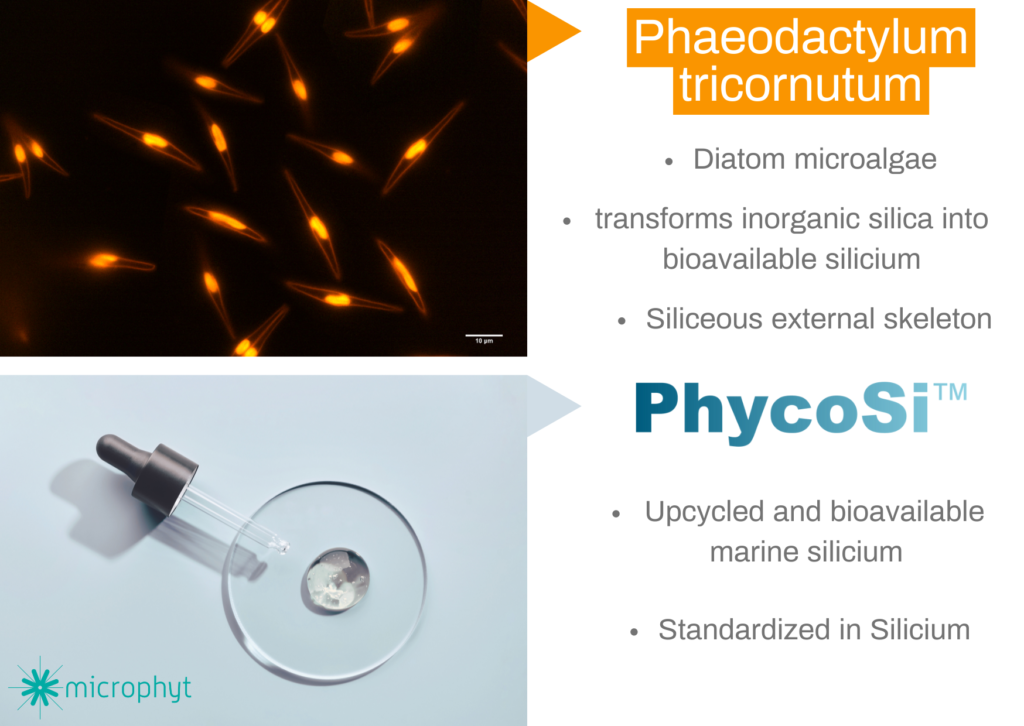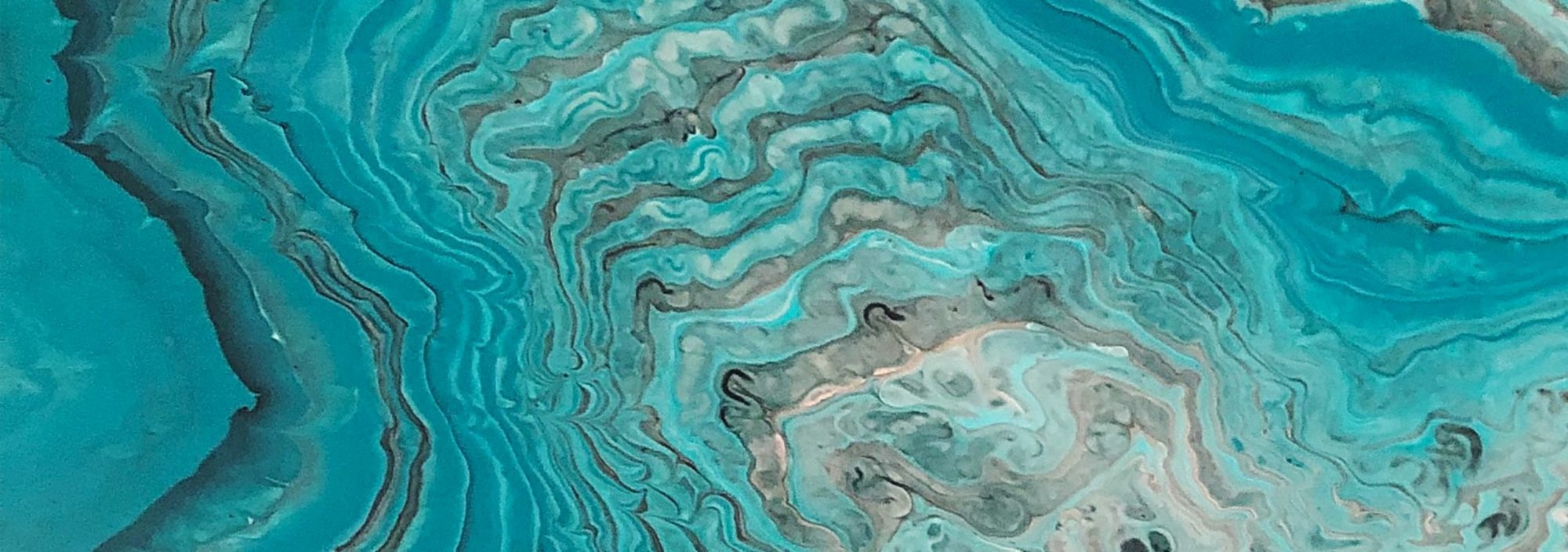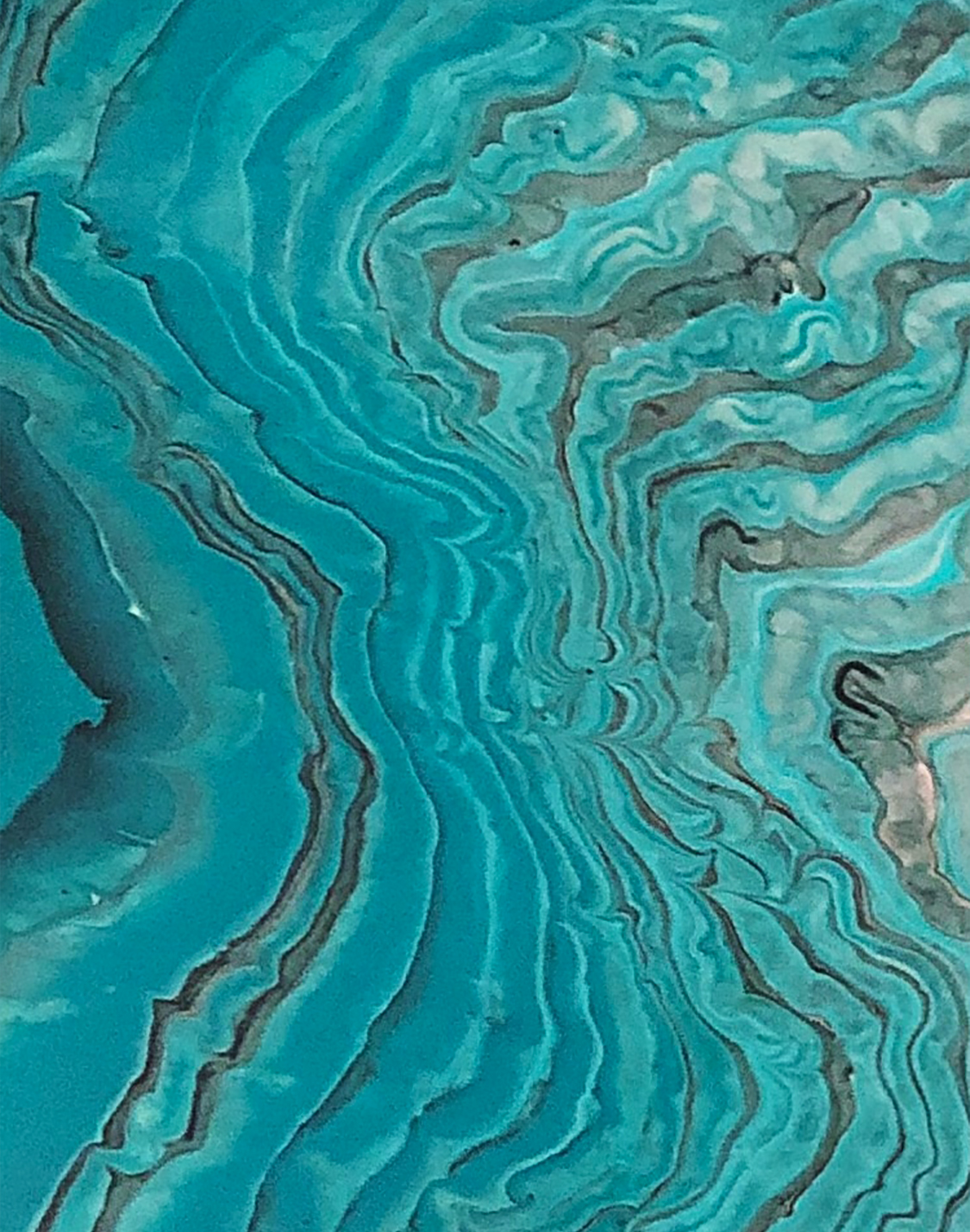

Exceptional microalgae: 3 questions about Phaeodactylum tricornutum
April 4, 2023
Why is Microphyt interested in the Phaeodactylum tricornutum microalgae?
Microphyt’s experts work on ingredients with high added value derived from microalgae for the cosmetics and nutraceutical industries and Phaeodactylum tricornutum boasts some particularly rare qualities.
Its composition is rich in active compounds and, depending on the extraction method used, we can obtain molecules with different properties. For example, the oily extract is teeming with fucoxanthin, a carotenoid renowned for its anti-oxidant, skin-protective and neuroprotective properties. It also contains numerous fatty acids, such as omega-3s, EPA and DHA, and sterols.
The aqueous extract, for its part, is rich in silicium, because Phaeodactylum tricornutum is known for its ability to capture and transform the inorganic silicium found in its living environment into organic silicium, which can be assimilated by the human body. This trace element is extremely helpful when it comes to restructuring and protecting the skin.
Why is Phaeodactylum tricornutum a reference for scientists?
Phaeodactylum tricornutum is a marine diatom. Scientists regard it as an observation model, in order to understand the metabolism and evolution of this family of microalgae. It also happens to be the second marine diatom whose genome has been fully sequenced. Its polymorphic nature, depending on its environmental conditions, is absolutely remarkable. It can exist in different morphotypes: oval, fusiform and triradiate (or tricornate, hence its name). This adaptive morphology is possible thanks to its biofunctional silica wall, reflecting strong dynamism and great plasticity.

How does Microphyt harness the benefits of Phaeodactylum tricornutum?
Microphyt is very familiar with P. tricornutum as it has been using its technology to cultivate this diatom in a controlled environment on an industrial scale for several years in order to meet the needs of cosmetics and nutraceutical professionals.
This microalgae has given rise to two active ingredients that can be used in dietary supplement formulas: the first ingredient BrainPhyt™, helps prevent cognitive decline, the second ingredient GamePhyt™ optimizes cognitive performance in e-gamers.
Our teams recently explored the marine silicium produced by P. tricornutum. Marine silicium enables the diatom to build an external wall which protects it against aggressions and regulates interactions with its environment. Microphyt managed to extract this silicium to create PhycoSi™, a cosmetic active ingredient which acts at the surface and deep down to restore skin.
Special characteristics of microalgae diatoms
Although they have existed on earth since the Mesozoic era, 190 million years ago, they were not discovered until the 19th century. These marine microalgae can be found along several coastlines in Europe, America and East Asia. These single-cell eukaryotic organisms with silica walls are also the main generators of O2 in oceans. Another characteristic feature of diatoms is that they have genes derived from green and red algae.
They are therefore at the crossroads between the living world and the inorganic realm.

Bibliography:
Lourenço-Lopes, C et al. Biological action mechanisms of fucoxanthin extracted from algae for application in food and cosmetic industries. Trends in Food Science and Technology, 117 : 163-181 (2021)
Butler t, et al. Phaeodactylum tricornutum: a diatom cell factory. Trends in Biotechnology (2020)
Rastogi, A., Vieira, F.R.J., Deton-Cabanillas, AF. et al. A genomics approach reveals the global genetic polymorphism, structure, and functional diversity of ten accessions of the marine model diatom Phaeodactylum tricornutum. ISME J 14, 347–363 (2020).




